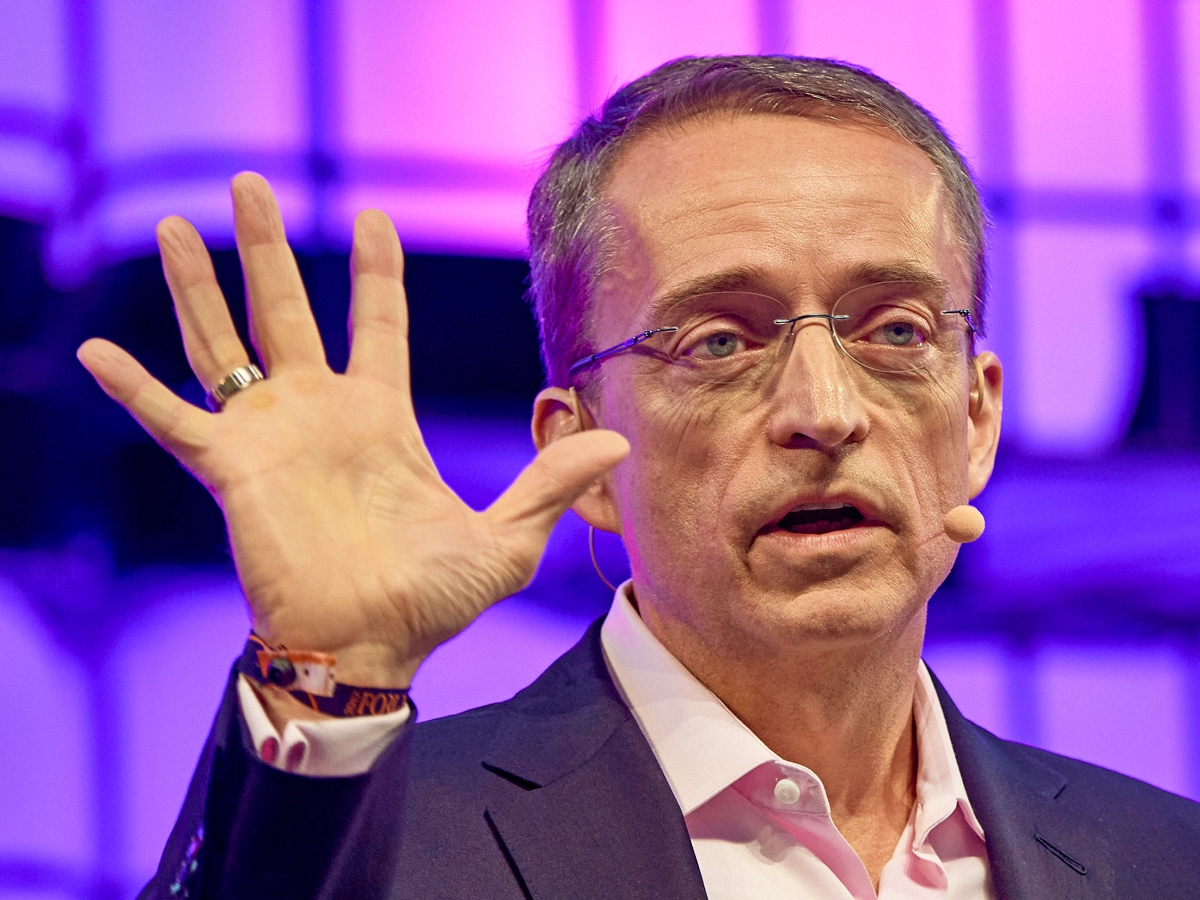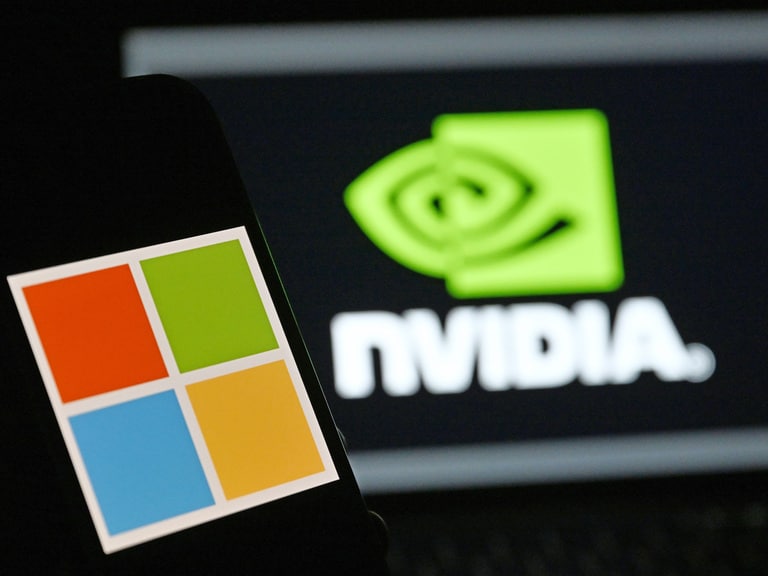In his first public webcast as the new CEO of Intel [INTC], Pat Gelsinger surprised investors by announcing a new direction for the US chipmaker. Instead of continuing to outsource manufacturing, the company is expanding its in-house production.
The news made waves in the semiconductor industry, sending the ProShares Ultra Semiconductors ETF [USD] down 4.9% on 23 March, the day of the announcement. Interestingly, Intel’s share price fell alongside its peers by 3.3%.
However, the stock hit an intraday high of $67.44 before closing at $62.04 the following day. As of 25 March’s close, Intel’s share price was up 25.2% year to date, outperforming the S&P 500’s 4.1% climb in the same period.
According to ETF.com, 350.2 million Intel shares are held across 278 ETFs in the US. The stock’s largest holder is the Invesco QQQ Trust [QQQ], which had a 2.10% weighting as of 25 March.
Intel’s IDM 2.0 strategy
Since last year, a lot has changed for Intel. Increased market competition has transformed the leading players in the chipmaking space, with Nvidia [NVDA] taking the title of most valuable US semiconductor company in July 2020.
The company plans to expand its in-house manufacturing operations for the first time in decades, taking a page out of Apple’s [AAPL] playbook — the iPhone maker dropped Intel as a supplier last year and began producing its own processors.
In the company’s webcast, Intel Unleashed: Engineering the Future, Gelsinger set out a course for a new era of innovation and technology leadership. “Intel is back. The old Intel is now the new Intel.” he went on to say.
"The old Intel is now the new Intel" - Pat Gelsinger, Intel CEO
The new strategy, dubbed IDM 2.0, is an updated version of its integrated device manufacturing model, and includes an estimated $20bn investment to build two new factories in Arizona immediately. In an effort to serve customers globally, it also includes the launch of Intel Foundry Services to help it become a major provider of foundry capacity in the US and Europe.
As part of the announcement, the company said its 7nm chip development was progressing well and it expected to tape in the computer tile for its first client CPU in 2021’s second quarter. Intel also announced a research collaboration with IBM [IBM] to create next-generation logic and packaging technologies.
The shift is significant as the company had been moving towards becoming a fabless chipmaker (one which outsources chip fabrication) like its competitor Advanced Micro Devices [AMD]. Some of the latter’s designs are manufactured by Taiwan Semiconductor Manufacturing Company (TSMC) [TSM], which is expected to have the largest market share of the global semiconductor foundry market at 56% during the first quarter, according to Statista.
While the majority of investors and analysts were optimistic about Intel’s foundry plans, Cody Acree, an MD at Loop Capital, noted that the structural changes would take several years to begin producing tangible improvements, reported The Fly. The analyst kept a sell rating on the stock following the company’s announcement.
A capital-intensive business
Despite the semiconductor industry facing a slew of headwinds in the form of supply-chain headaches, Intel’s new business strategy could provide a beacon of light.
The company’s capital-intensive business puts it in a strong position to make a comeback, according to the Financial Times. It made $21bn in profits last year, 40% more than TSMC, Nvidia, and AMD combined.
$21 billion
Intel's 2020 profits
However, data from custom-PC seller Puget Systems suggests Intel has been losing its market lead over rivals, reported TechRadar. AMD recently overtook Intel by 0.8% in the desktop market for the first time since 2006.
While Intel still holds a dominant market share in the laptop and server CPU markets, AMD’s recently released EPYC 7003 server processors are seen as a “game-changer” by third-party reviewers, according to Bloomberg.
Gelsinger explained the potential for “coopetition” under IDM 2.0, as well as suggesting that companies like Apple and Qualcomm [QCOM] could eventually become Intel customers.
In an interview with Bloomberg, he suggested that the company would “open our fab doors wide for the industry”.
Tristan Gerra, a senior analyst at Baird, was bullish on the company’s plans to go back to its core manufacturing expertise. He believes that it has “tremendous potential internally that can be monetised and unlocked over time,” according to The Fly.
Intel’s shares have a consensus hold rating among 33 analysts polled by TipRanks, with an average price target of $66.21, representing a 6.8% upside from its 25 March close.
Disclaimer Past performance is not a reliable indicator of future results.
CMC Markets is an execution-only service provider. The material (whether or not it states any opinions) is for general information purposes only, and does not take into account your personal circumstances or objectives. Nothing in this material is (or should be considered to be) financial, investment or other advice on which reliance should be placed. No opinion given in the material constitutes a recommendation by CMC Markets or the author that any particular investment, security, transaction or investment strategy is suitable for any specific person.
The material has not been prepared in accordance with legal requirements designed to promote the independence of investment research. Although we are not specifically prevented from dealing before providing this material, we do not seek to take advantage of the material prior to its dissemination.
CMC Markets does not endorse or offer opinion on the trading strategies used by the author. Their trading strategies do not guarantee any return and CMC Markets shall not be held responsible for any loss that you may incur, either directly or indirectly, arising from any investment based on any information contained herein.
*Tax treatment depends on individual circumstances and can change or may differ in a jurisdiction other than the UK.
Continue reading for FREE
- Includes free newsletter updates, unsubscribe anytime. Privacy policy





